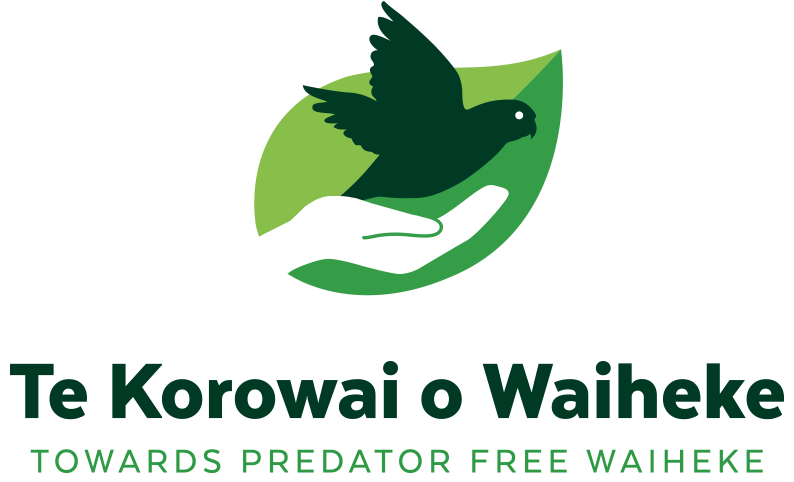Mental Health Awareness Week is the perfect time to pause, breathe, and reconnect with the natural beauty around us. And here on Waiheke Island, it’s hard to miss! Research has shown that spending time in the great outdoors doesn’t just make us feel good – it can seriously improve our mental health.
Read MoreIn this latest series - Extinct Species (Wish You Were Here) - Te Korowai o Waiheke pays homage to some of the extraordinary species that once graced Aotearoa, but were tragically lost largely due to the introduction of mammalian predators.
Read MoreAfter receiving a flood of stunning submissions and a close public vote, the top 10 finalists were chosen for both rounds of the #backyardbirding photo competition and given to local professional photographer Peter Rees to judge! Check them out!
Read MoreWith the days at their shortest and the weather at its strongest, you may be wondering what can be done to support birds during this turbulent time. Well, it's not just ducks that love the rainy days of winter, trees and plants love it too. This is the best time of year to design your garden around what kind of visitors you want to encourage to your backyard.
Read MoreThe harvest moon is upon us here in the southern hemisphere and all around is an abundance of food ripening on vines, trees and flower heads. After building nests and rearing young, most adult backyard birds spend autumn eating, loading up before the winter. But for the young birds who are in adolescence now, they have one key thing on the agenda…speed.
Read MoreThere is nothing as unmistakable as the low whooping of outstretched kererū wings, or the crunch of foliage under two crimson feet wrapped in billowing pantaloons. Courtship in the bird world is unlike any other, with dramatic dances, colourful shrines and impressive calls. Male manu pull out all the stops to catch the eye of a potential partner. The same goes for kererū.
Read MoreHave you ever wondered what the difference is between shorebirds and seabirds? Well, first of all, seabirds are pelagic and spend most of their life at sea. Shorebirds on the other hand are largely migratory.
Read MoreSeabird monitoring is incredibly important to learn about a species population numbers, as well as foraging habitat and breeding colonies. Ōi (grey-faced petrels) prefer offshore islands like the Noises and Hen and Chickens, or exposed headlands like Tāwharanui for nesting as they are often surrounded by strong updrafts for take-off.
Read MoreAotearoa is home to a number of spectacular birds; a great number of them being a special group called the ‘waders’. These are birds with long, thin legs that inhabit our estuaries, wetlands, and marshes.
Read MoreNow that many birds have fledged their young, summer is the time to eat, drink and socialise. While these might seem like basic survival for birds, the intense heat and human activity of the coming months pose some unique challenges for these simple but crucial tasks.
One of our newest team members, Rosemary Thorne is undertaking study of te reo Māori. In a recent assignment, she explored the life stages and whakapapa (genealogy) of a forest taonga that is currently blooming throughout the country; the native puawānanga (clematis).
Read MoreSpringing into action and supporting birdlife in your backyard is easier than you may think. By taking a few easy steps to create a safe space with access to food and water, you can responsibly welcome feathered friends to your garden sanctuary throughout the year. This series looks at bird behaviour through the seasons and how to support them during each one.
Read More











